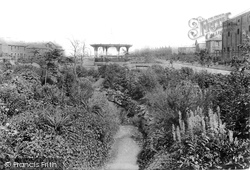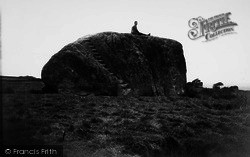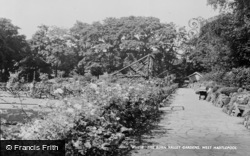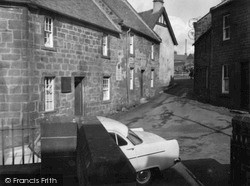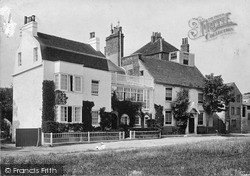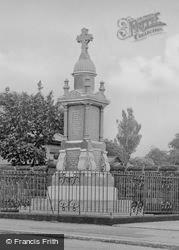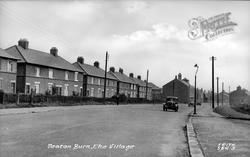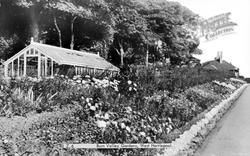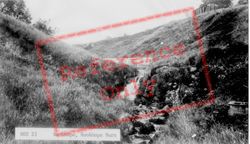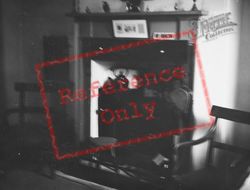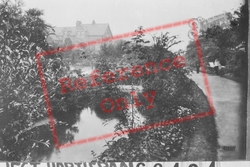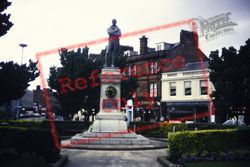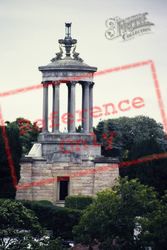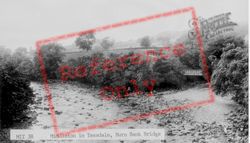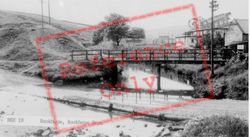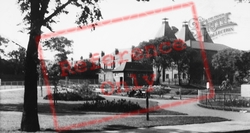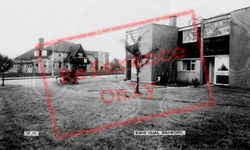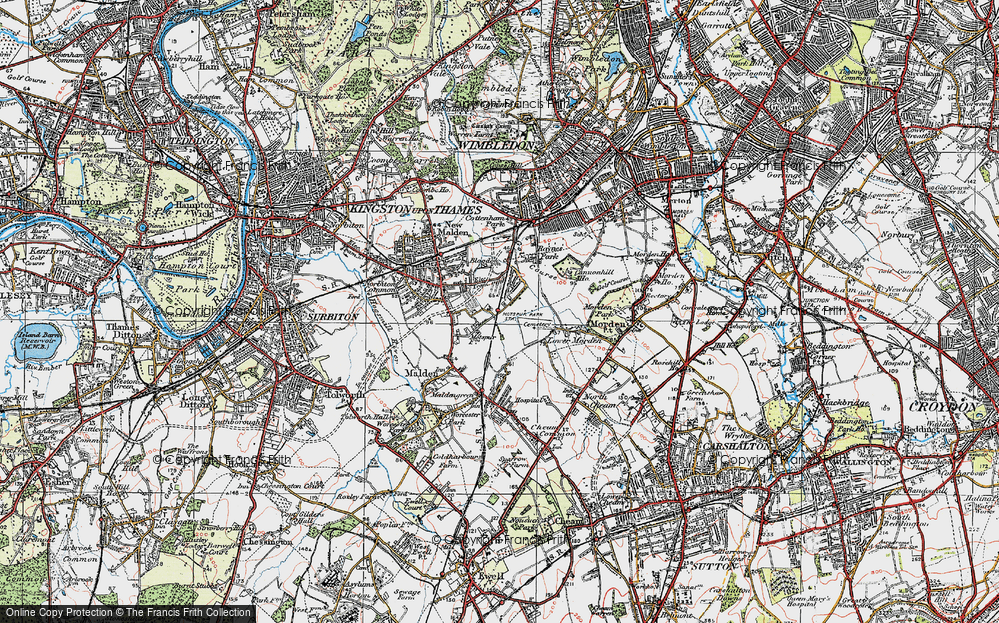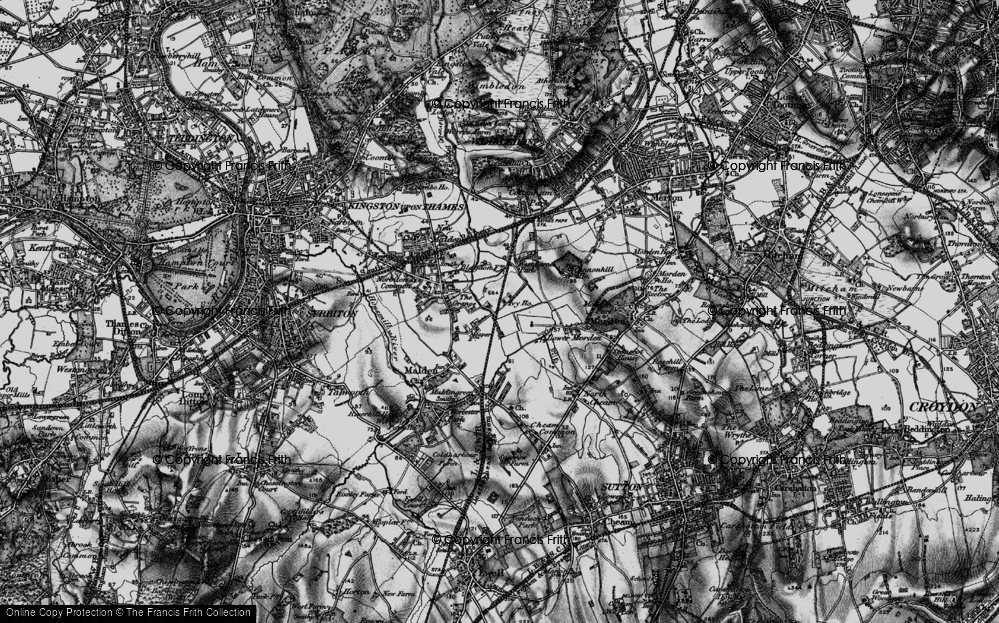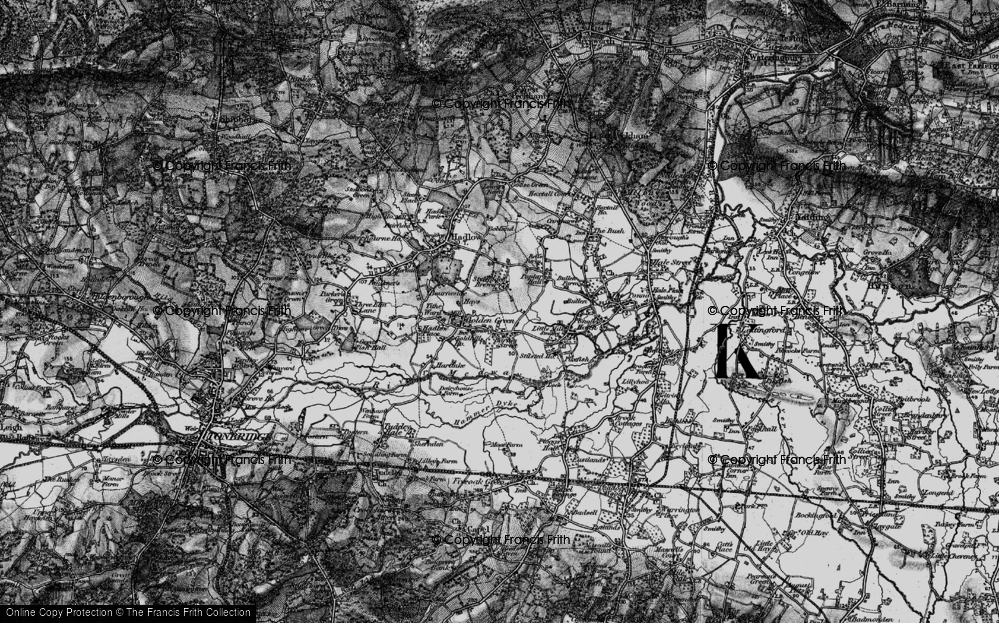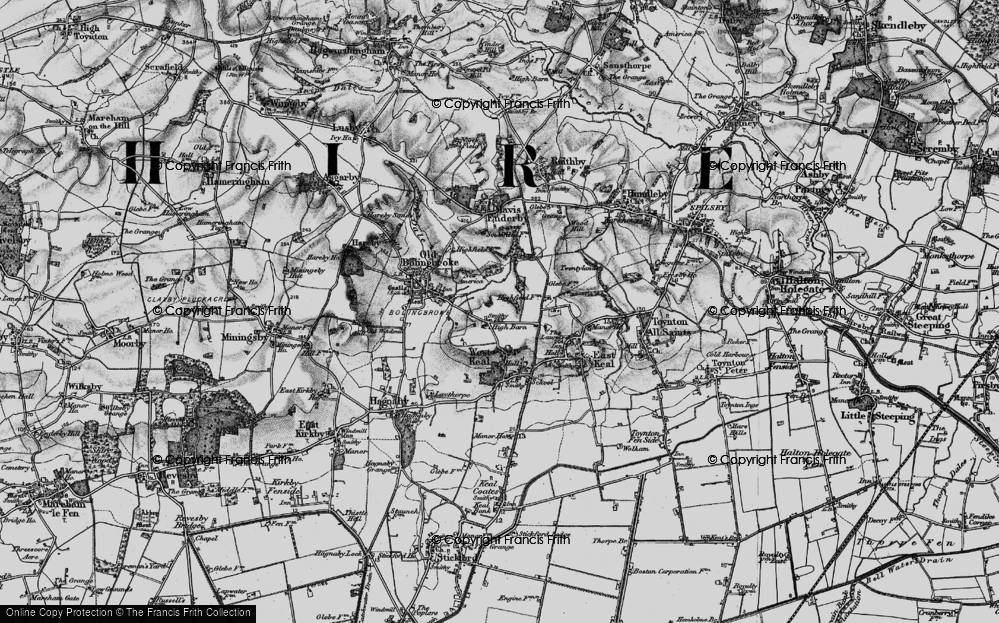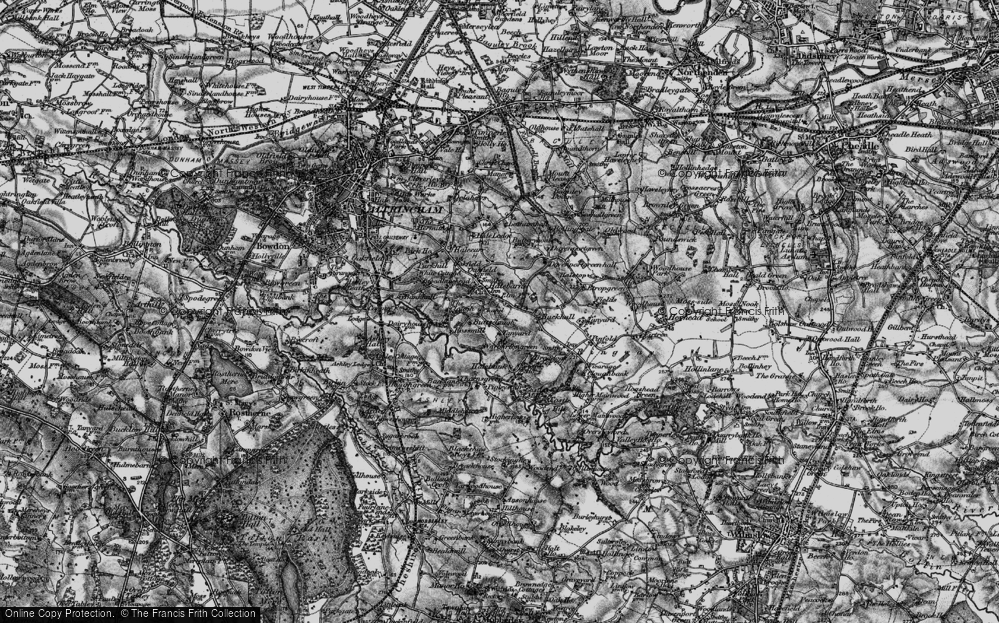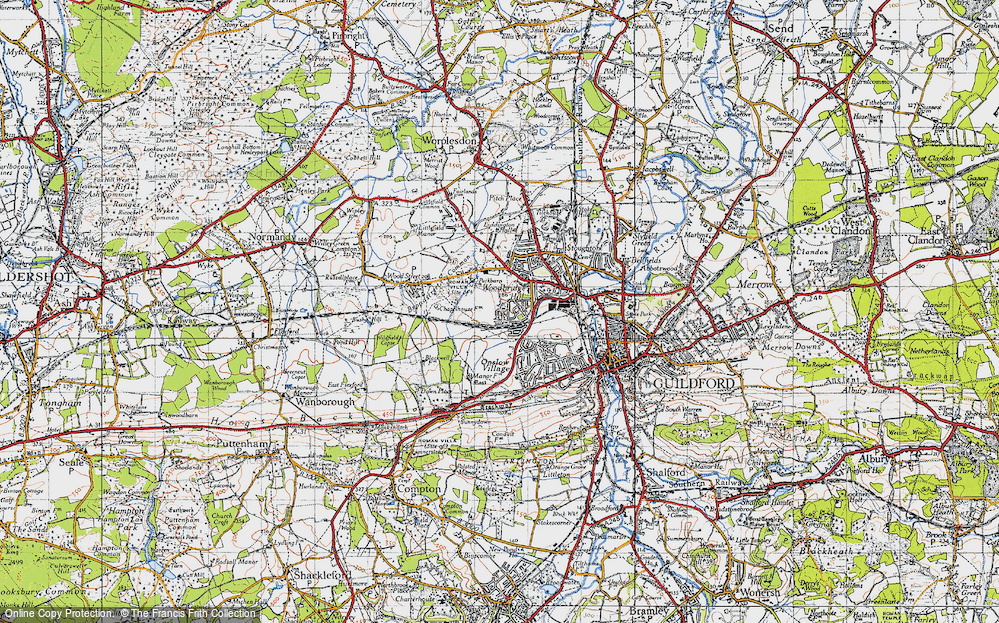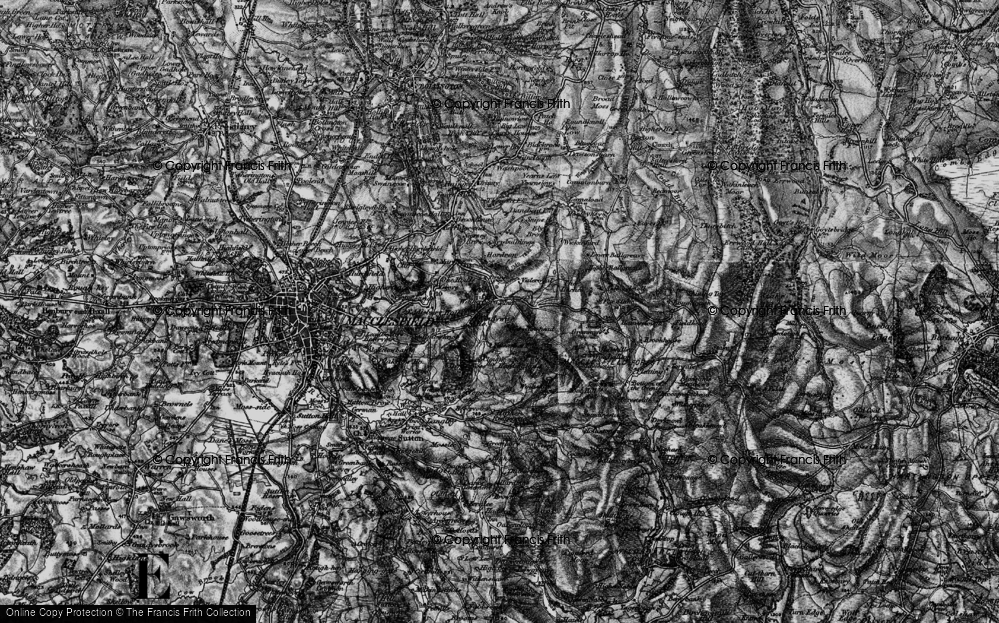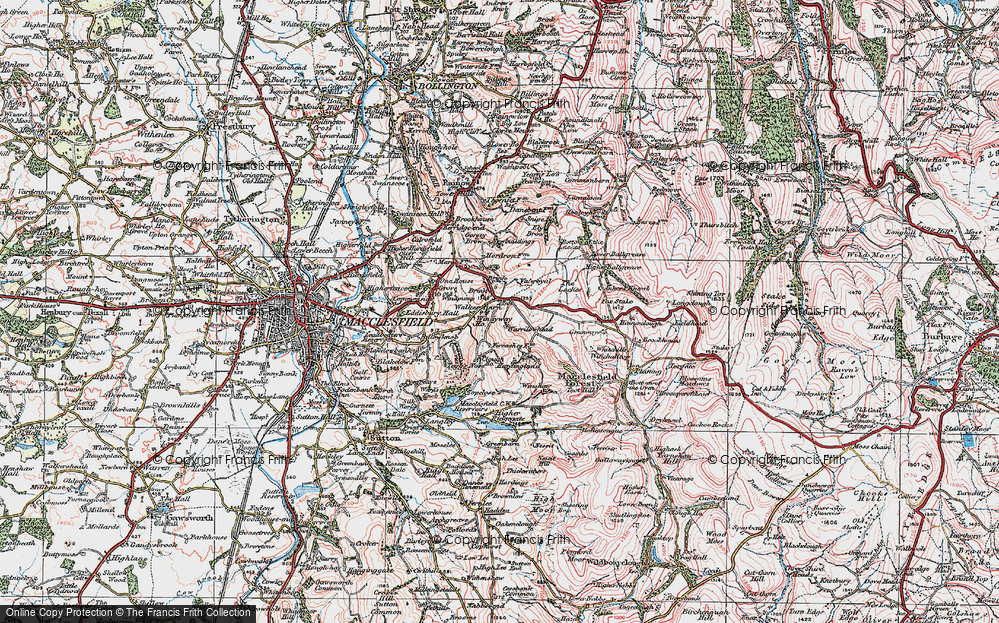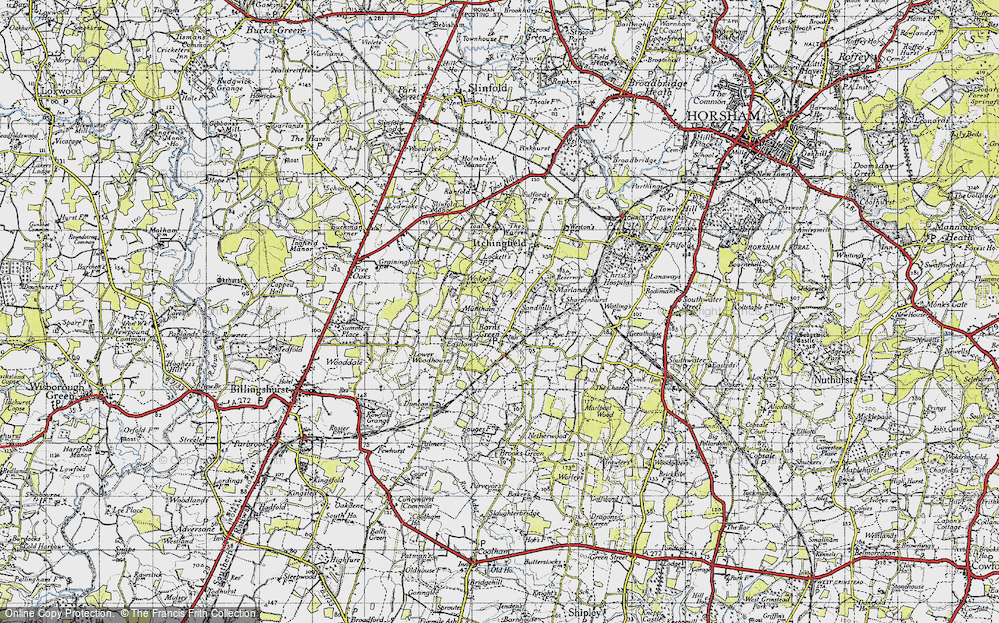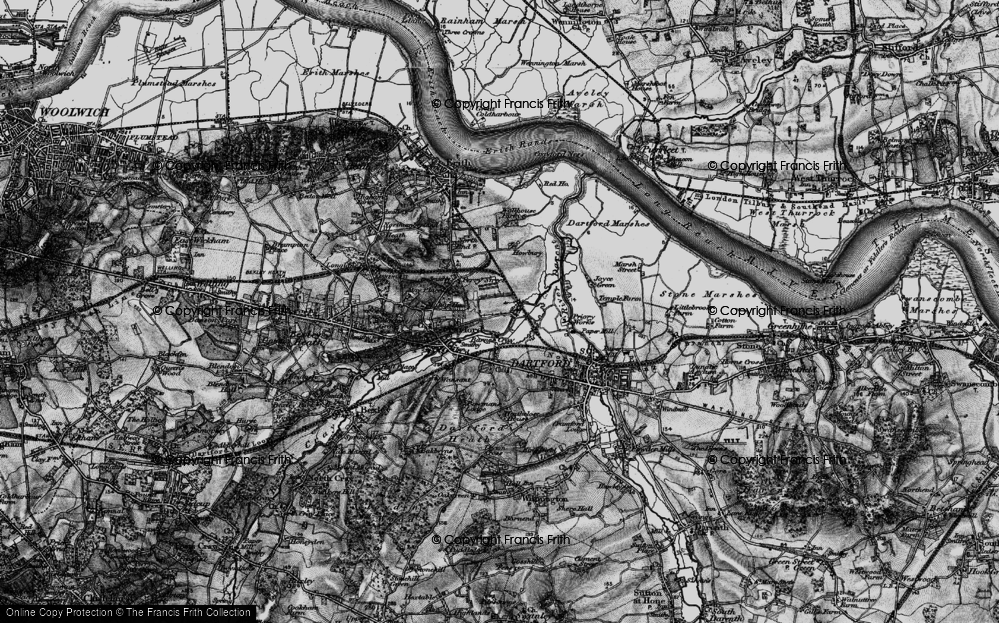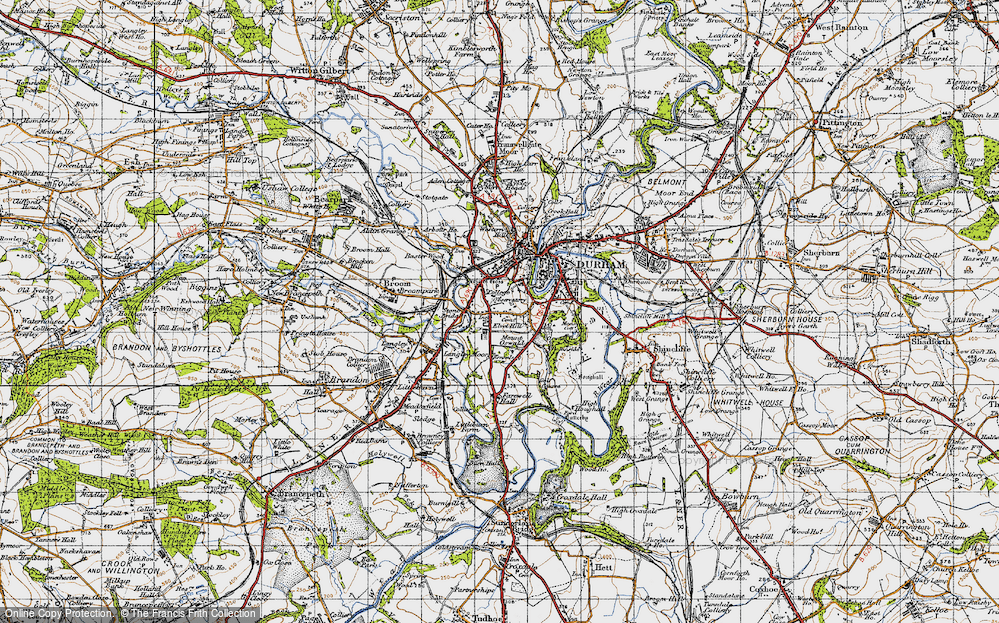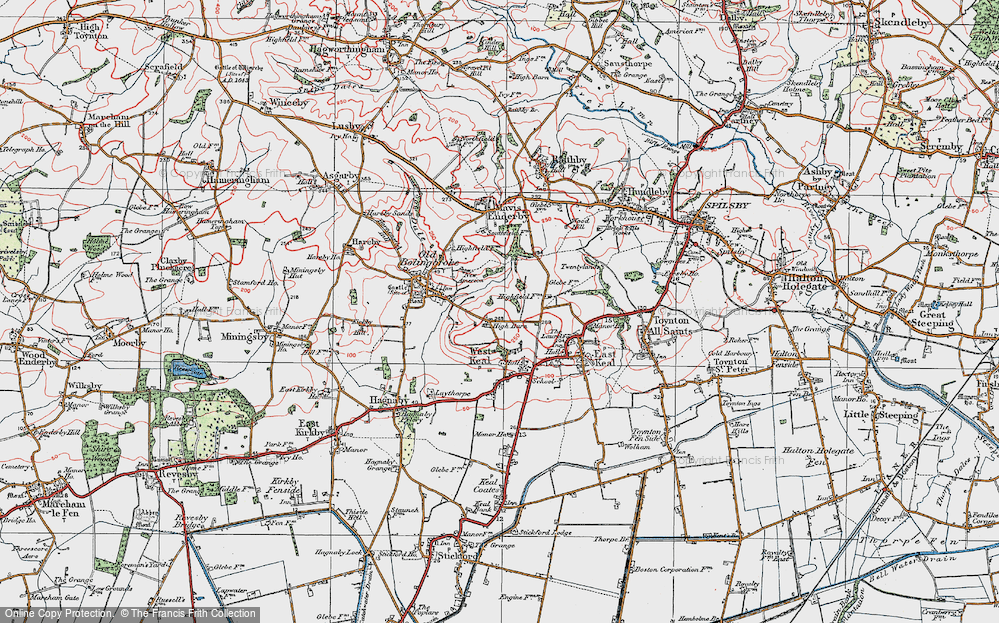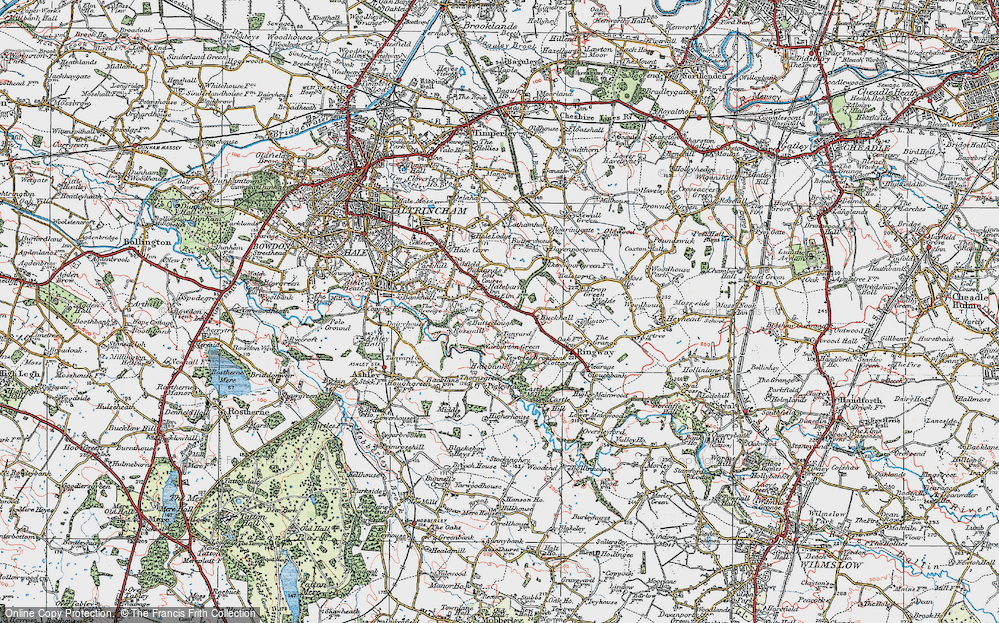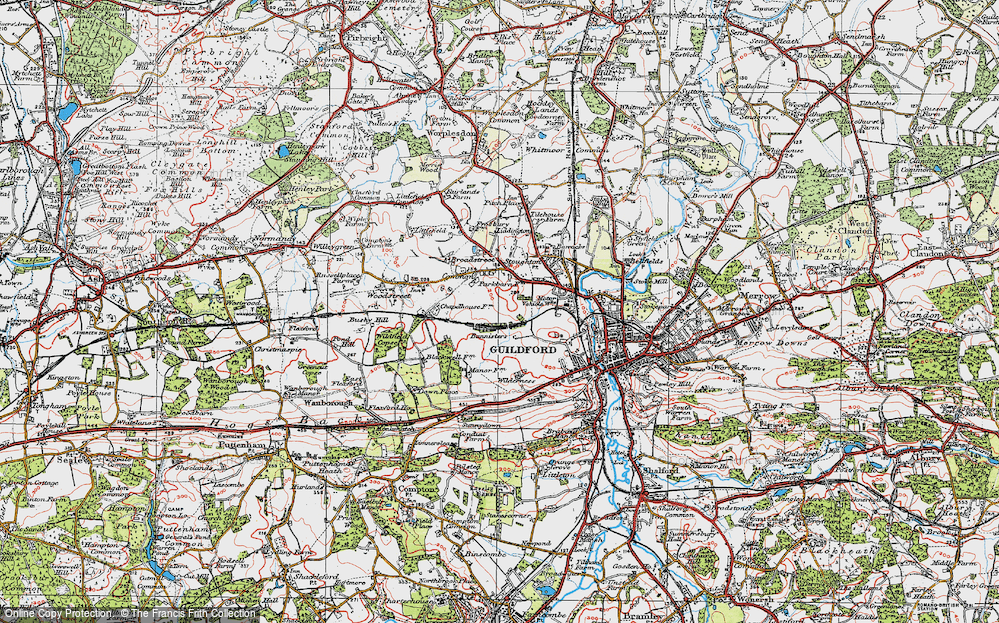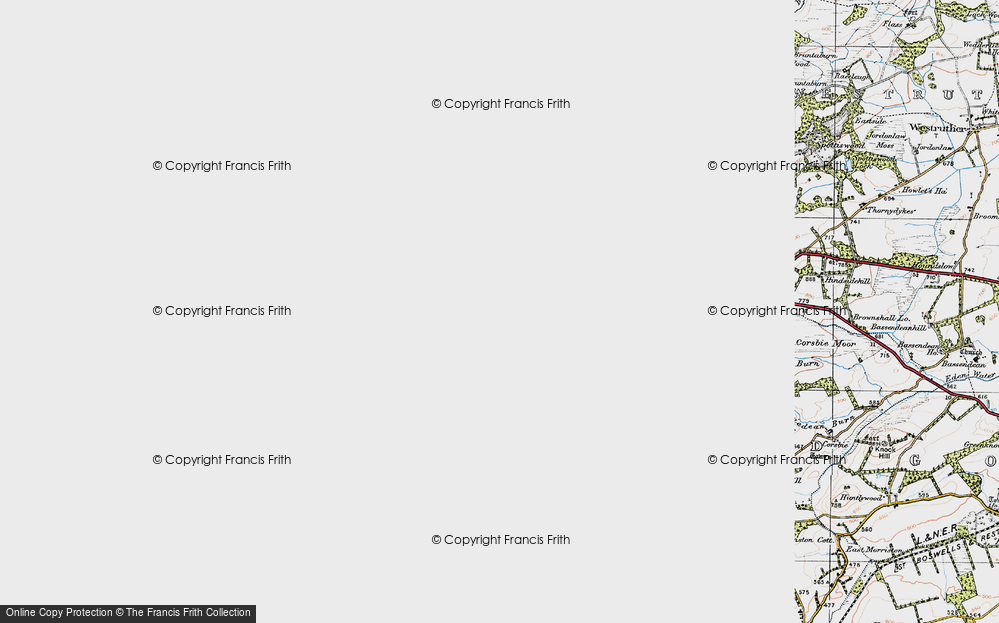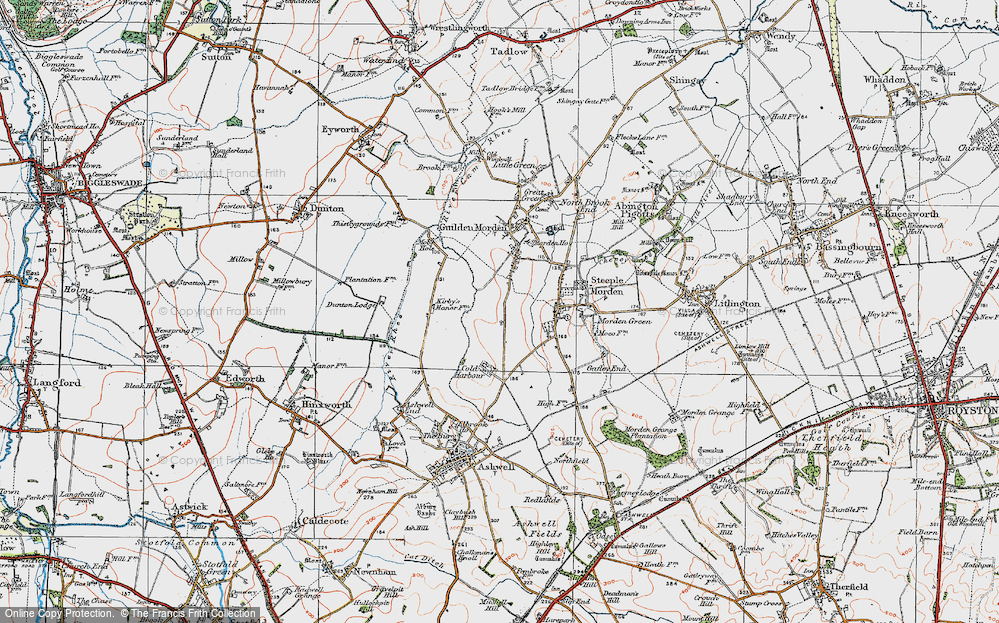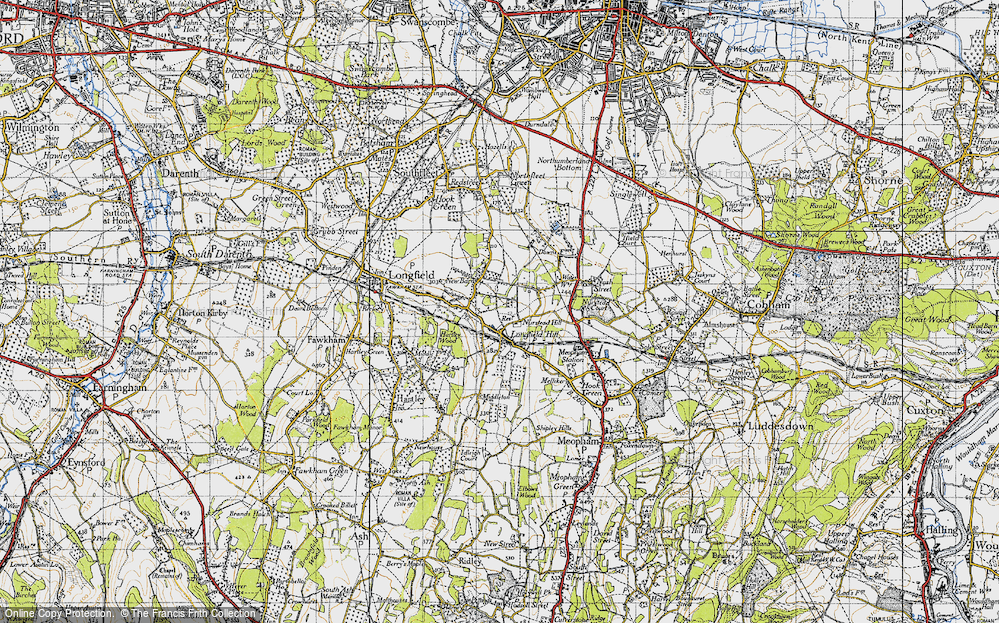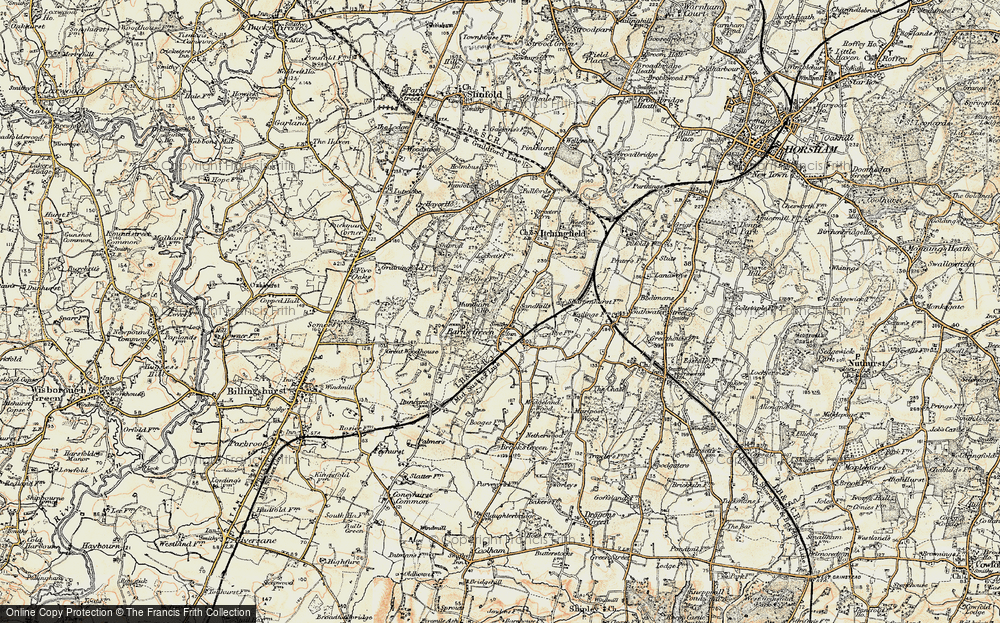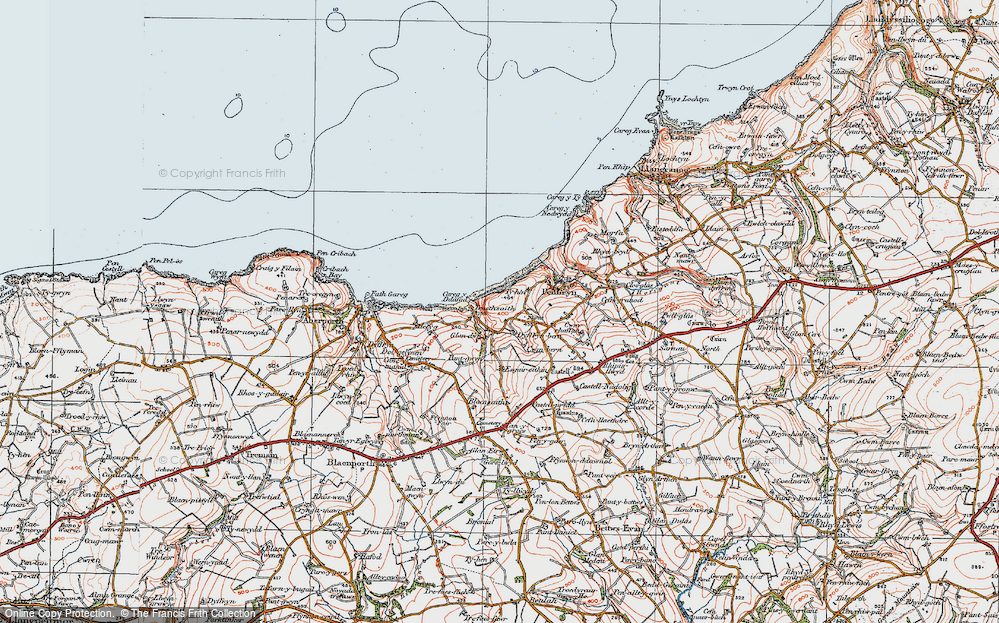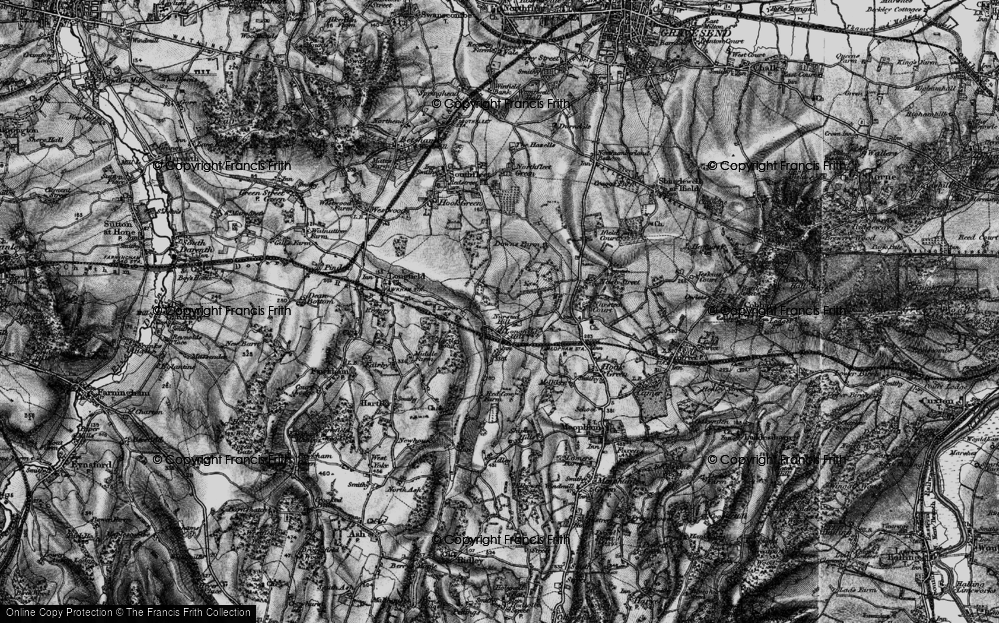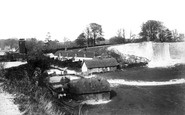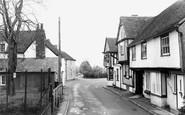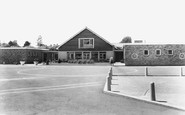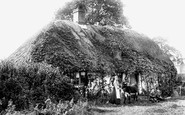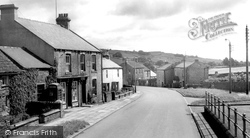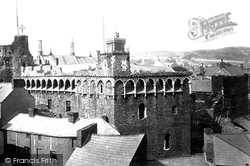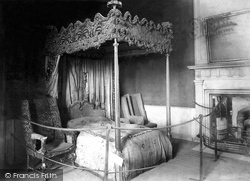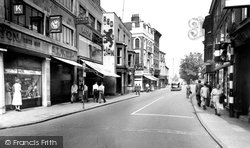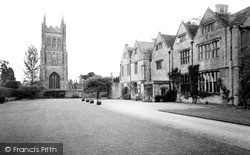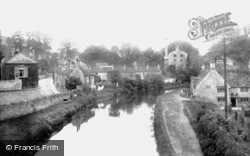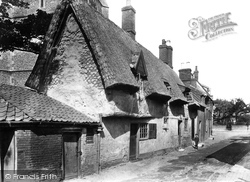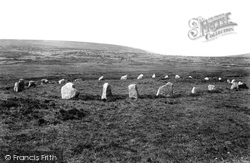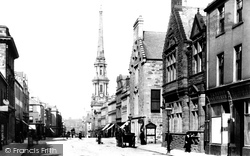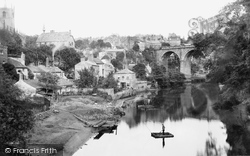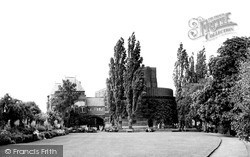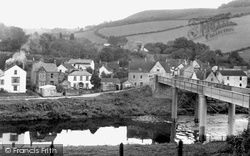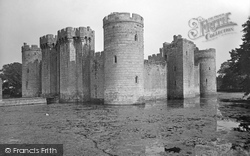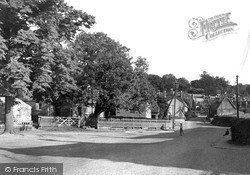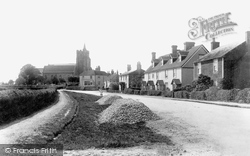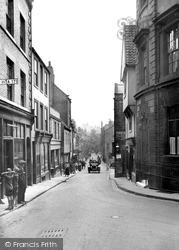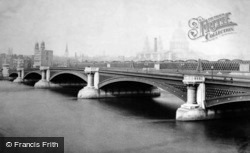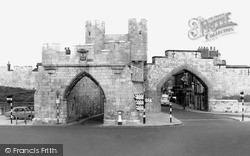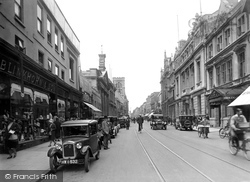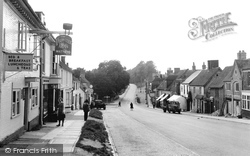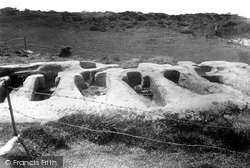Places
11 places found.
Those places high-lighted have photos. All locations may have maps, books and memories.
- Seaton Burn, Tyne and Wear (near Ponteland)
- Burn's Green, Hertfordshire
- Burn, Yorkshire
- Burn Bridge, Yorkshire
- Luggate Burn, Lothian
- Burn Naze, Lancashire
- Remony Burn, Tayside
- Barrow Burn, Northumberland (near Shillmoor)
- Blaydon Burn, Tyne and Wear
- Denton Burn, Tyne and Wear
- Burn of Cambus, Central Scotland
Photos
97 photos found. Showing results 81 to 97.
Maps
405 maps found.
Books
2 books found. Showing results 97 to 2.
Memories
768 memories found. Showing results 41 to 50.
Ashhurst Way Memories
I was brought up from the age of two living in 63 Ashhurst Way and what lovely memories I have got. I was brought up in a large family. A lot of people I can remember are no longer with us and the friends I had Tony ...Read more
A memory of Rose Hill by
Chalk Pit & The Hunt
Julian's hunt story is almost right. I was living at the Chalk Pit at the time, and still do. It was about 1981, on a Saturday lunchtime, when the hunt came over the top, but it wasn't on Boxing Day. The hounds were chasing Hares. ...Read more
A memory of Odiham in 1981 by
Fond Holiday Memories
In the summer of 1963 my Dad took my sister (11), brother (4) and me (6) to stay with my Auntie Marie. She lived in the house adjoining the pub. I think it had a name like Penryn and appeared on the front cover of Country ...Read more
A memory of High Easter in 1963 by
Family Of Ewj Moloney, Lancing Solicitor D 1978
I was part of the St James the Less Players, the Parish church drama group, which started my career on the boards. The Downs,The Manor, The Park, The Clump, The Chalkpit..The Woods The Beach..were all ...Read more
A memory of Lancing by
Church Path, Mitcham And The People That Lived There
I was born in Collierswood Maternity Home, a very short time before it was bombed during the Second World War. The year was 1944. My family being homeless were housed in requisitioned properties in Mitcham. ...Read more
A memory of Mitcham in 1944 by
Nick Bowyer
I joined the BARN THEATRE SOCIETY in 1970 and we put on several performances of Gilbert and Sullivan operettas in the new (1972) building opposite the Campus
A memory of Welwyn Garden City by
My Youth In Farnham Common By Peter Harrison
I spent my youth in Farnham Common and have nothing but happy memories. We lived in an old house called Glenwood in Templewood Lane. In those days (The 1950's and 1960's) there were very few houses. As ...Read more
A memory of Farnham Common by
Bordon County Junior School Budds Lane
Teachers in the 1970s Mr Pearson - an elderly man whose dentures moved around in his mouth when he spoke. He was great fun and shared his family cinefilms with us during the lessons. It was great fun when he played ...Read more
A memory of Bordon by
Grand Living At Moresdale Hall, Lambrigg
We came to a deserted Moresdale Hall in the 1980s and spent several years refurbishing it. Because it had 2 front doors and 2 staircases we were able to divide it and share it with my brother's family. It ...Read more
A memory of Moresdale Hall
Memories Of Bedford Lane.
This cottage is in Bedford Lane. I lived in the house called Connemara which is still in Bedford Lane. My father Samuel Frederick Richardson and his brother George were both bricklayers. Both were demolishing the ...Read more
A memory of Frimley Green by
Captions
276 captions found. Showing results 97 to 120.
When lead was discovered in Weardale, the mining rights were granted to the bishops of Durham; by the 13th century, mining, smelting and charcoal burning and so on were on a large scale for the period.
It did not, however, stop them from burning it to the ground in 1215 and 1217.
The following year, Hertford was back in Scotland, burning five market towns, sacking 243 villages, and laying waste to crops. Edward VI of England was destined not marry the Queen of Scots.
left) is now Clarks, Radio House (next door but one) is now Dixon's, and Woolworth's have totally replaced the buildings beyond, the Red Lion (there is a commemorative plaque inside the store) and Joan Burns
Burne-Jones (1833-1898), a frequent visitor to the manor, is said to have painted a piano there.
Note the building and heaps of lime in the foreground of the picture - Middleton Dale was once the site of many lime-burning kilns.
The factory burned down in 1963.
As Bishop of London during the reign of Mary Tudor, he earned the name 'Bloody Bonner' for his part in sending so many Protestants to be burned at the stake.
This could have come from pyres on which bodies were placed, or perhaps from burning autumn stubble.
Famous as the birthplace of John Macadam in 1756 and of Robert Burns in 1759, Ayr was founded under a charter granted by William the Lion. This view looks towards the New Brig and Main Street.
The Scots failed, but for centuries afterwards traces of the burning could still be seen.
Mercifully, some might say, it burned down in 1926. A new Memorial Theatre opened in 1932, incorporating surviving parts of its predecessor. It was renamed the Royal Shakespeare Theatre in 1961.
A quay has been constructed in front of Quay House on the left, where there appears to be a good fire burning in the grate. In the background is the Royal Arms Hotel.
Following the burning of Rye in 1377 and of Winchelsea in 1380, Bodiam Castle was built in 1385 because of the imminent threat of invasion by the French.
Further up the road is the Victorian parish church, which replaced one of 1791 which itself replaced the medieval one, apparently burned down in the Civil War.
The church's most famous vicar was John Frankish, one of the martyrs of 1555 burned at the stake in Canterbury.
They failed, but for centuries afterwards the traces of the burning could still be seen.
In case of fire, there were very long rakes which could remove the burning roof.
The halfpenny toll on the original Blackfriars Bridge caused riots, and in 1780 angry protesters burned down the toll-house.After a succession of expensive repairs a replacement was suggested, and
The Scots failed, but for centuries afterwards traces of the burning could still be seen.
Walmgate has been burned and bombarded with cannon fire, and there was an attempt to undermine it using gunpowder during the siege of York in 1644.
The cyclist on the extreme right is about to pass the Hippodrome cinema, which burned down in October 1955.
In 1689 most of the town was again burned to the ground when another fire swept through it. As a result, very few houses seen in the town today were built before the 17th century.
The chapel is one of the oldest in the country; the remains of its walls are 2ft 6ins thick, bonded with immensely strong mortar made by burning sea-shells – this method was used by the Romans.
Places (11)
Photos (97)
Memories (768)
Books (2)
Maps (405)




